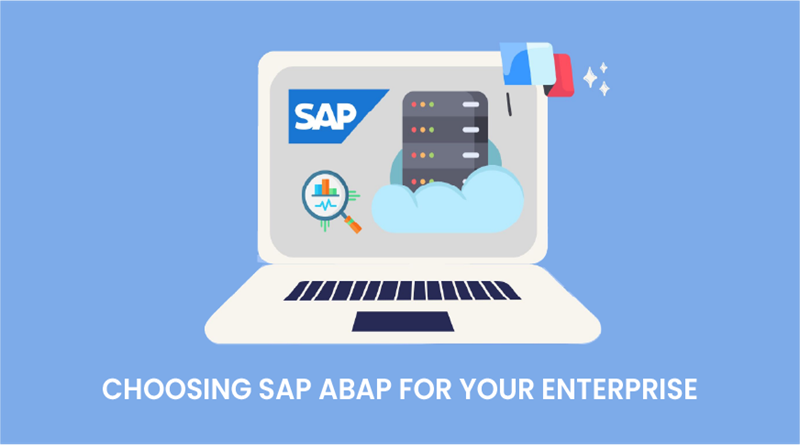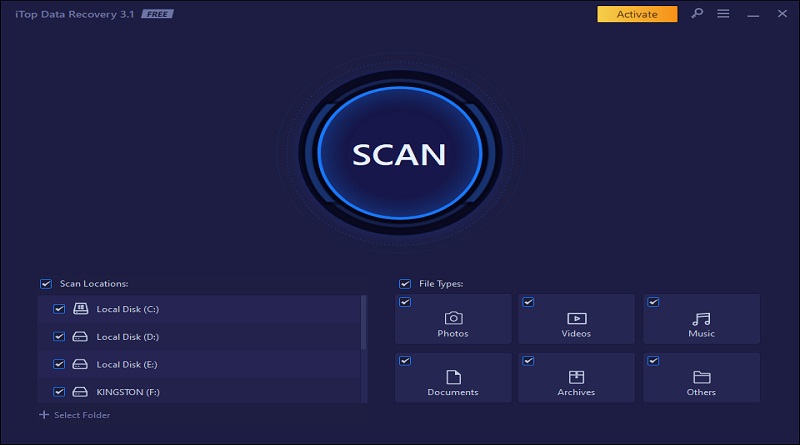7 Tips to Creating A Quality Data Monitoring System

A data monitoring system is a critical part of any business. It allows you to keep track of your data and ensure that it is of the highest quality. You need to consider several things when creating such a system, including data ingestion, data processing, data storage, and data analytics. This blog post will discuss seven tips for creating a quality data monitoring system!
Data Ingestion Framework
A data ingestion framework is a critical part of any data monitoring system. It allows you to ingest data from various sources and process it consistently. Without a data ingestion framework, you will likely have to manually process data, which can lead to errors and inconsistency. These types of mistakes can be costly and time-consuming to fix.
Establish Business Objectives and Key Performance Indicators
Before creating a data monitoring system, you need to establish what your business objectives are and what key performance indicators (KPIs) you want to track. KPIs are essential in data monitoring as they provide insight into whether or not data is achieving the desired business objectives. This will help you determine what information you need to collect and how to process it.
Define Data Flows and Data Sources
Once you have established your business objectives and KPIs, you need to define data flows and sources. This will help you determine where your data is coming from and how it is being processed. Data flows can be complex, so it is vital to understand them before you start collecting data. Data sources can include databases, file systems, web services, and social media.
Map Data to Business Objectives and Key Performance Indicators
After defining data flows and data sources, you need to map data to business objectives and KPIs. This will help you ensure that your data is effectively used to meet your business objectives. You need to create a data model that includes entities, attributes, and relationships to map data. Then, it would be best if you made a mapping between your data and the business objectives and KPIs.
Create Quality Control Processes and Procedures
Creating quality control processes and procedures is essential to ensure that your data is highest quality. This includes data cleansing, data validation, and data transformation. High-quality data is essential for data monitoring because it allows you to make accurate decisions based on data. This process can be time-consuming, but it is worth ensuring that your data is quality.
Implement a Change Management Process
Implementing a change management process to ensure that your data monitoring system is always up-to-date is also essential. This includes creating a strategy for tracking, approving, and implementing changes. Tracking changes is essential so that you can roll back changes if necessary. Supporting changes ensures that only quality data is being collected and processed. There are many benefits to a change management process, including providing data quality, preventing data loss, and reducing costs.
Train Users on the New System
You need to train users on the new data monitoring system. This includes teaching them how to use the system and troubleshooting any problems they may encounter. Training users on the new system is essential to ensure that they effectively use it. Programs like data literacy can help to ensure that users can understand and use data effectively.
Conclusion
Implementing a data monitoring system can be daunting, but following these seven steps will help make the process smoother. By creating a data ingestion strategy, establishing business objectives and key performance indicators, defining data flows and data sources, mapping data to business objectives and key performance indicators, creating quality control processes and procedures, implementing a change management process, and training users on the new system, you can make a quality data monitoring system that meets your needs.
Also read : Some common things startups need to know about cybersecurity





